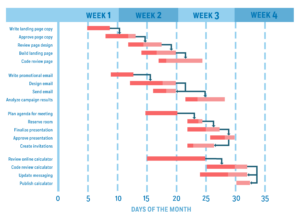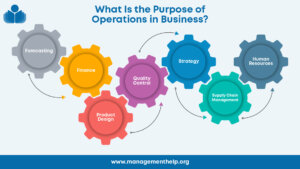There will be milestones in our projects –or initiatives- that are important because they determine what the project team does next. Maybe it’s a ‘Scope Definition’; maybe it’s a ‘Design Review’. When these important decisions surface, sometimes project teams tend to swell – even though you, the Project Manager, have not asked for more resources. There may be uninvited guests at your meetings. You may see emails from people you don’t really know. I remember a particular project briefing, where the conference call provider actually advised that “the maximum number of lines has been reached”. Who were all these people? These situations can be addressed with the adage “less is more”.
As Project Managers, we are moderators of the information exchanges in our projects. If we have a workshop with N amount of participants, we will have to moderate a total of (N) X (N-1)/2 information exchanges. This means that, in a meeting with 6 participants, there are (6 X 5)/2, or 15, possible communication channels to moderate. In a meeting among 8 people, we will have (8 X 7)/2, or 28, possible communication streams. You can see how, very quickly, meaningful exchanges that yield a final solution become harder to moderate. The PM has to focus mostly on ‘crowd control’, and consensus may not be reached.
So if an important decision is required, a small but very skilled committee is a better option than a cast of thousands. Hopefully these few project team members can even be empowered to commit their organizations on, say, deadlines or funding. But even if they need to consult someone before doing so, at least they can manage their own communication streams in order to give you a decision. Of course, we must be very grateful and diplomatic as we say ‘no’ to those who have invited themselves. But at the end of the day, a small yet skilled team will yield a better decision than a large, rambling gathering. Less is more.
—————————
For more resources, see the Library topic Project Management.
—————————
 Sections of this topic
Sections of this topic















